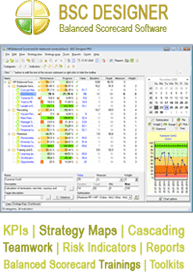PEST Business Analysis Method
PEST analysis is the method that scans the external macro-environmental factors, namely, political, economic, social, and technological, which affect the operations of any business venture. PEST is also known as STEP. When other factors are added to this analysis, such as environmental, educational, legal, and demographic, this method is termed as PESTEL, PESTLE, STEEPLE, and STEEPLED. PEST analysis provides the management with the framework to analyze the macro-environmental factors that directly impact the operations of the business. PEST analysis is able to assist the management in identifying the markets, the activities of the competitors, and the factors that influence customer preferences and purchase decisions.
The main reason for the effectiveness of PEST analysis is that it considers all the macro-environmental aspects that have a bearing on the growth and prosperity of any business venture. The PEST factors assist the management in understanding the actual impact of each factor on the company operations. PEST analysis also provides the different perspectives of the external environment like the existing position, business potential, market trends, and future direction. The management is able to build visions for future direction and develop strategies to capitalize on market trends and business potentials, by analyzing the various factors and their implications provided by PEST analysis.
Review of this method in Business Analysis Toolkit
The detailed review of this business analysis method is a part of Business Analysis Toolkit. In this review you will learn:
- What problems are solved by this method and how?
- How to use the method step-by-step
- Pros and cons for this method
- Best practices for the method
- Practices to avoid
- Summary about the method


